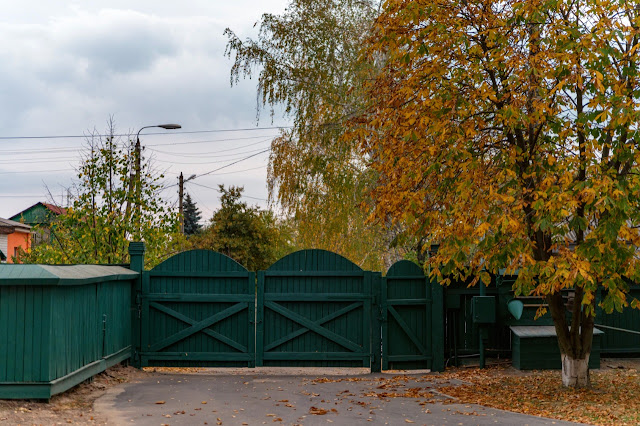How to Find the Correct Height For Railing Installation?
A handrail is effective in ensuring the safety of the residents, but only if it is installed at the right height, otherwise it’s barely of any use. ‘They support a person's balance when walking and avoid most tripping accidents. So they should be able to reach the arms of most people who use them. Right!
Most building codes, including the Americans with Disabilities Act (ADA), require a certain height for stair railing installation to ensure that they are useful to anyone who needs them. Generally, the railing should be between 34 and 36 inches in length from the nose of the stairs or ground floor. There are certain exceptions to this rule, such as handrails in areas that are often used by children.
So before you decide on installing railings in Buffalo, do your research to ensure that you are abiding by all the rules and making a decision that provides maximum security.
As everyone doesn’t know much about railings. Here are some common terms used by railing experts and things that can help you to understand the topic better.
 |
| Installing railings in buffalo |
Commonly Used Terms
Handrail – The handrail provides guidance and safety. They are required by building regulations and must meet the requirements for load, length, and lightness.
Newel Post – A newel is a vertical bar located at the top and bottom of the arms that support the handles. This type of post is often also called a center column or support column.
Balusters or Spindles – These are vertical components used to fill the opening between the handle and the bottom rail or treads. Say your strength, safety, and aesthetics.
Balustrade – This term refers to the combined structure of railings and posts.
Tread – The tread is the upper, horizontal part of the step. Here you place your foot when using the stairs.
Riser – It is a vertical element between two treads or the floor and the first tread. Riser is responsible for providing support for treads.
Step – Step is to combine the tread and riser. This composition allows ascent or descent from one floor to another.
Rise – Not to be confused with riser, the rise is the vertical distance between the surfaces of two consecutive steps.
Flight – A flight is a continuous series of steps without stopping or landing.
Landing – Landing is a term for a platform located between two flights of stairs.
Nosing – The nose is the outer edge, often protruding from the tread.
Winders – If you don’t have a landing, these tapering steps can be used to change the direction of a stair.
Stringers – A stringer is a member of a steep stair that supports the stair. It can be closed or opened.
Simple Easy Steps To Measure Your Railings
Step 1 –
Measure the overall height –The distance from the floor or descent at the top of the stairwell to the floor/descent at the bottom of the stairwell.
Step 2 –
Calculate the overall length –The horizontal distance from the edge of the ladder in the first step at the bottom of the ladder to the edge of the step on the ground / going down the ladder.
Step 3 –
Length of nosing– The top of the nose from the first step to the top of the ground/platform nose. Don't confuse this measurement with overall length.
Step 4 –
Depth of finished tread– The length of one finished tread (from front to back).
Step 5 –
Height of finished tread– The height of a riser between the base step and the step of the next stair above.
Secure Yourself Now!
Use the above information to easily complete your next DIY railing project.
But if you are looking for installing railings in Buffalo, that actually last longer and ensure 100% safety, contact All-Pro Fence.
.jpg)

Comments
Post a Comment